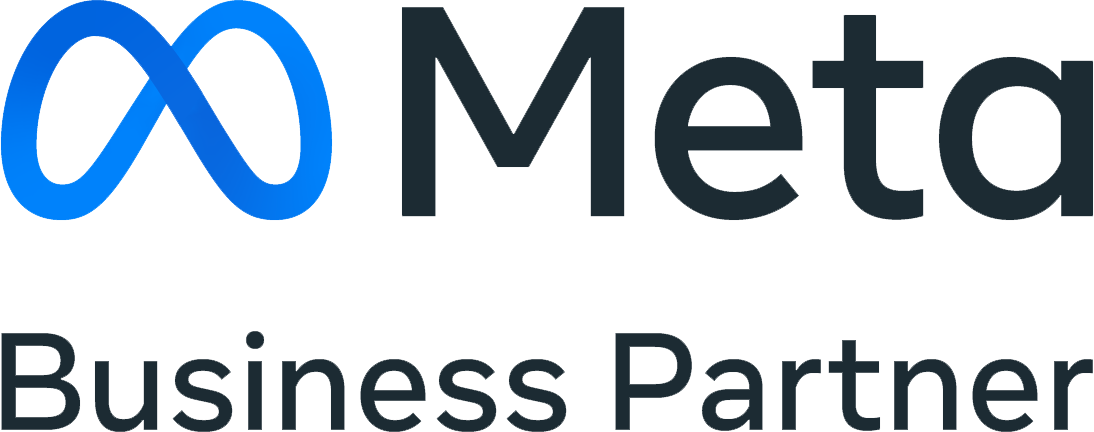During MediaPost’s 2023 Search Performance Summit, I was fortunate to be part of a panel called ‘Performance-Driven, Purpose-Driven, Personalized, Relevant… Did We Leave Anything Out? ,’ and much of the conversation centered around agility. 3 Day Blinds CRO Dan Williams, who represented the brand perspective on the panel, brought that concept to life by mentioning how often intraday tactical campaign optimizations were being made to generate leads for his company based on real-time consumer activity online. Panel moderator Barbie Romero used the phrase ‘marketing agility’ to describe many of the panel speakers’ key takeaways regarding how quickly agencies and brands need to respond to the ever-evolving behavior of the consumer and competitive landscape.
This got me thinking a lot about COVID-19’s impact on business, and the lessons that were taught should not be forgotten. While leaders in business and technology were conforming to a precarious circumstance, they quickly realized to survive and thrive in the volatile world they had to embrace agility at scale. So companies reimagined their workplaces, their operations and even their business models. However, these business adaptations were not primarily driven by supply chain and logistical issues caused by the pandemic but instead by quickly changing consumer behavior.
For instance, consumers vaulted five years in the adoption of digital in just eight weeks. A rapid migration to digital technologies took place and organizations had to quickly expand upon capabilities to keep up with their consumers’ needs and wants. Telemedicine, a service that existed pre-COVID, became trendy and is now expected to reach USD 455.3 billion by 2030. And a lack of brand loyalty was on full display as 75 percent of consumers tried new shopping behaviors, with many of them citing convenience and value. Fully 39 percent of them, mainly Gen Z and millennials, deserted trusted brands for new ones. Younger consumers are constantly searching for brands that reflect their values.
Now we’re in a post-pandemic period, yet swift consumer behavioral changes haven’t ended. If anything, this is expected to continue (albeit maybe not at COVID levels). However, the consumer has spent several years becoming comfortable with the concept of change. Each existing generation had to deal with COVID’s challenges, and whether you were a child or senior citizen, you had to adapt and be open to the use of new products, services, and technologies. And this means what’s happening today can quickly change tomorrow. A media/distribution channel that used to be a gathering ground for your consumers can quickly lose favor to another entity on its way up.
TikTok is a great example of how quickly a company can gain market share and outgrow competitors like Twitter, Instagram and Pinterest in a short period of time (2016 – 2018). Even consumer trust and sentiment across media channels must constantly be revisited as these concepts are dynamic. And with a possible recession peeking around the corner, consumers will seek to find media, technologies and brands that facilitate their needs during another precarious situation.
Some organizations may have channel budgets that are so locked or non-fluid that media cannot take advantage of the changes in consumer behavior that could increase return within a channel if they had the ability to reallocate budgets to areas with increasing opportunity (i.e. from social to influencer). Yet, during COVID these discussions were happening regularly as a response to uncertainty. It kept marketers on their toes but made it possible for them to be agile at a moment’s notice to take advantage of the moment.
Key Things Brands Should Consider About Marketing Agility
-
- When planning, overarching digital and/or traditional budgets need to always be defined. But they should be revisited often to allow for strategic spend allocation discussions to facilitate marketing agility. And channel level budgets must also be defined; however, providing fluid reallocation of budgets across channels allows marketers to take advantage of campaign optimization opportunities as they arise. Find your mid-point of comfortability that provides fluidity, whether it’s the frequency of revisiting budgets and/or providing your agencies with parameters that can trigger cross-channel allocation decisions.
-
- Consolidate budgets across media/distribution channels if it mimics the consumers’ behavior. This allows for quicker responses to trends, better testing and planning through collective media efforts, and may have the added benefit of reducing cross-brand competition for budget. Brand product leads can work together, leveraging budgets and co-op strategies to provide better outcomes at scale.
-
- Understand how operational circumstances and efficiencies can improve marketing and media outcomes, and have them work in tandem as part of your optimization strategy. For instance, shift spending from low demand market locations or low quantity products to areas of opportunity. Or stimulate demand via upper- to mid-funnel tactics while lowering ROI on products/services to drive incremental revenue. Create agility between operations and marketing to better scale your business.
Change may be the only constant that’s predictable and consumers, like all living things, can’t escape the laws of it. Our society is ever-changing, and marketing agility should not relax now that we see COVID trailing behind us (somewhat). Brands need to keep up the momentum and take the learnings gained over the past few years in order to continually examine themselves. We must ensure that, through agility, our marketing effectively meets the consumer where they are and keeps us there, because it won’t work the other way around.
For more information contact us.





